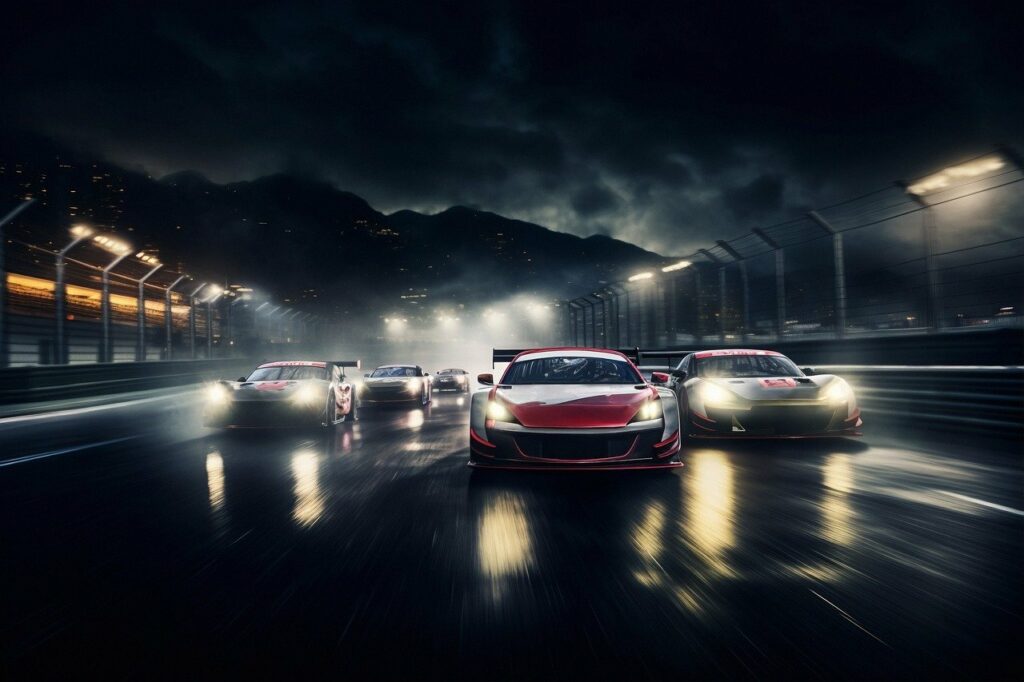In 2024, the world of off-road racing will witness the debut of Extreme H, a new series featuring hydrogen-powered cars.
The two series will share locations, dates, and race formats, offering a unique platform for comparing electric and hydrogen technologies in similar conditions.
Alejandro Agag, the founder of Formula E and a key figure behind Extreme E, has outlined two potential pathways for integrating hydrogen into the racing format: combined racing or a full transition to hydrogen vehicles. This strategic decision will significantly influence the future dynamics of off-road racing, setting a precedent for other motorsport series considering alternative energy sources.
The development of the Extreme H car is progressing rapidly, with plans to unveil a prototype by early 2023. The vehicle will share the same powertrain and chassis as those used in Extreme E, ensuring consistency in performance and handling. The critical distinction lies in the power source: a hydrogen fuel cell will replace the battery, showcasing the potential of hydrogen technology in high-performance, off-road conditions.
The fuel cells for Extreme H will be powered by green hydrogen, produced using a combination of water and solar energy. This method aligns with the environmental goals of Extreme E, which also utilizes green hydrogen to power its EV batteries and paddock operations. By adopting green hydrogen, Extreme H aims to demonstrate the feasibility and benefits of this clean energy source in a demanding motorsport environment.
The introduction of hydrogen-powered vehicles in off-road racing offers an opportunity to benchmark their performance against both electric and traditional internal combustion engine (ICE) vehicles. Hydrogen fuel cells provide several advantages, such as faster refueling times and higher energy density, which can be critical in racing scenarios. However, the technology also faces challenges, including the current high costs of production and limited refueling infrastructure.
Both Extreme H and Extreme E emphasize sustainability, but hydrogen technology presents unique advantages and challenges. Green hydrogen, if produced efficiently, can offer near-zero emissions, making it a highly attractive option for reducing the carbon footprint of motorsports. However, the current scalability and cost-efficiency of green hydrogen production remain significant hurdles.
The success of Extreme H will depend on several factors, including the performance of hydrogen fuel cells in competitive racing and the series’ ability to address logistical challenges. If successful, Extreme H could pave the way for broader adoption of hydrogen technology in motorsports and other sectors, highlighting its potential as a viable alternative to fossil fuels and even batteries in certain applications.
